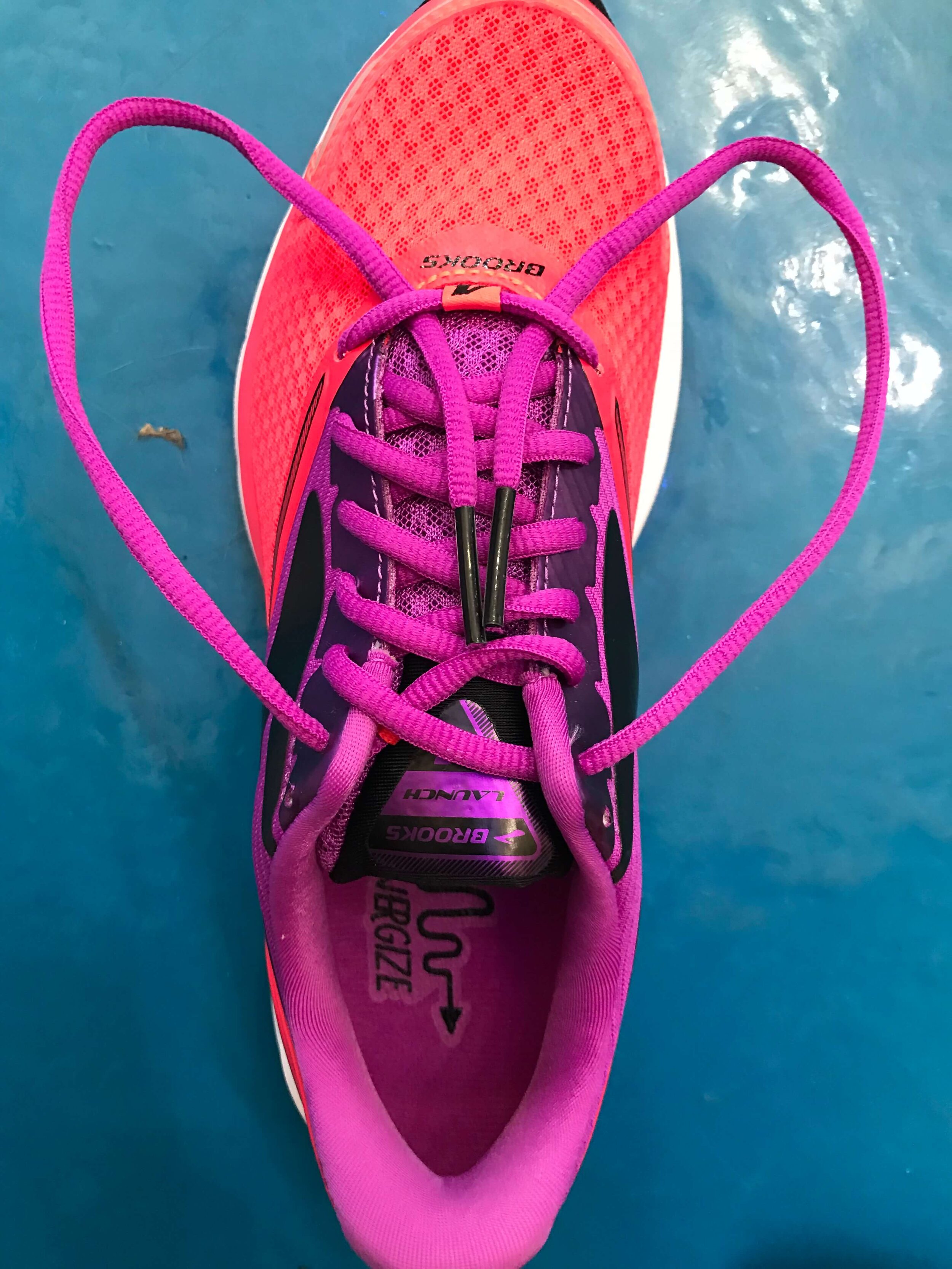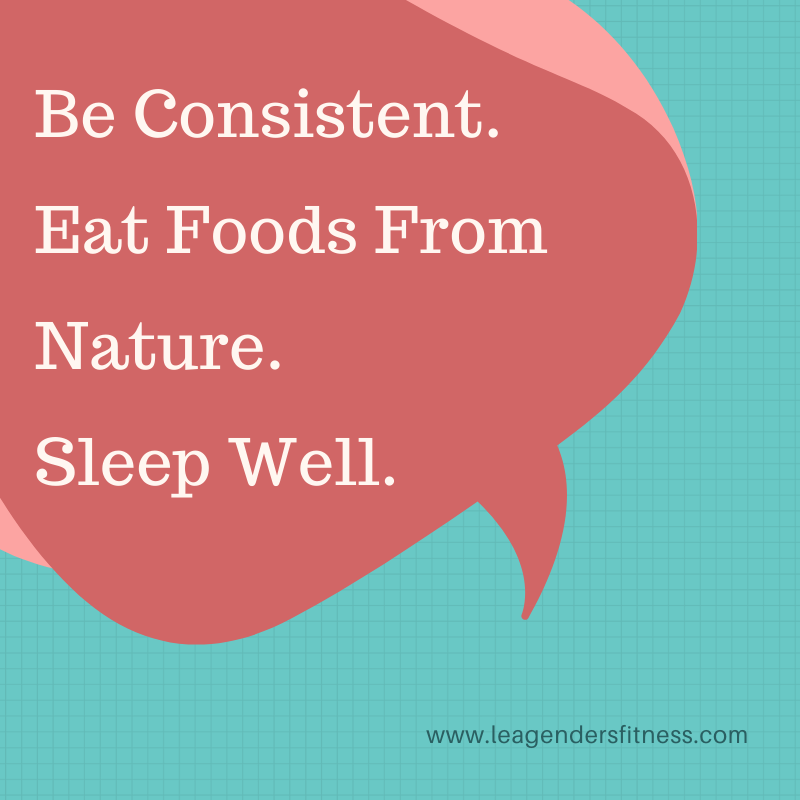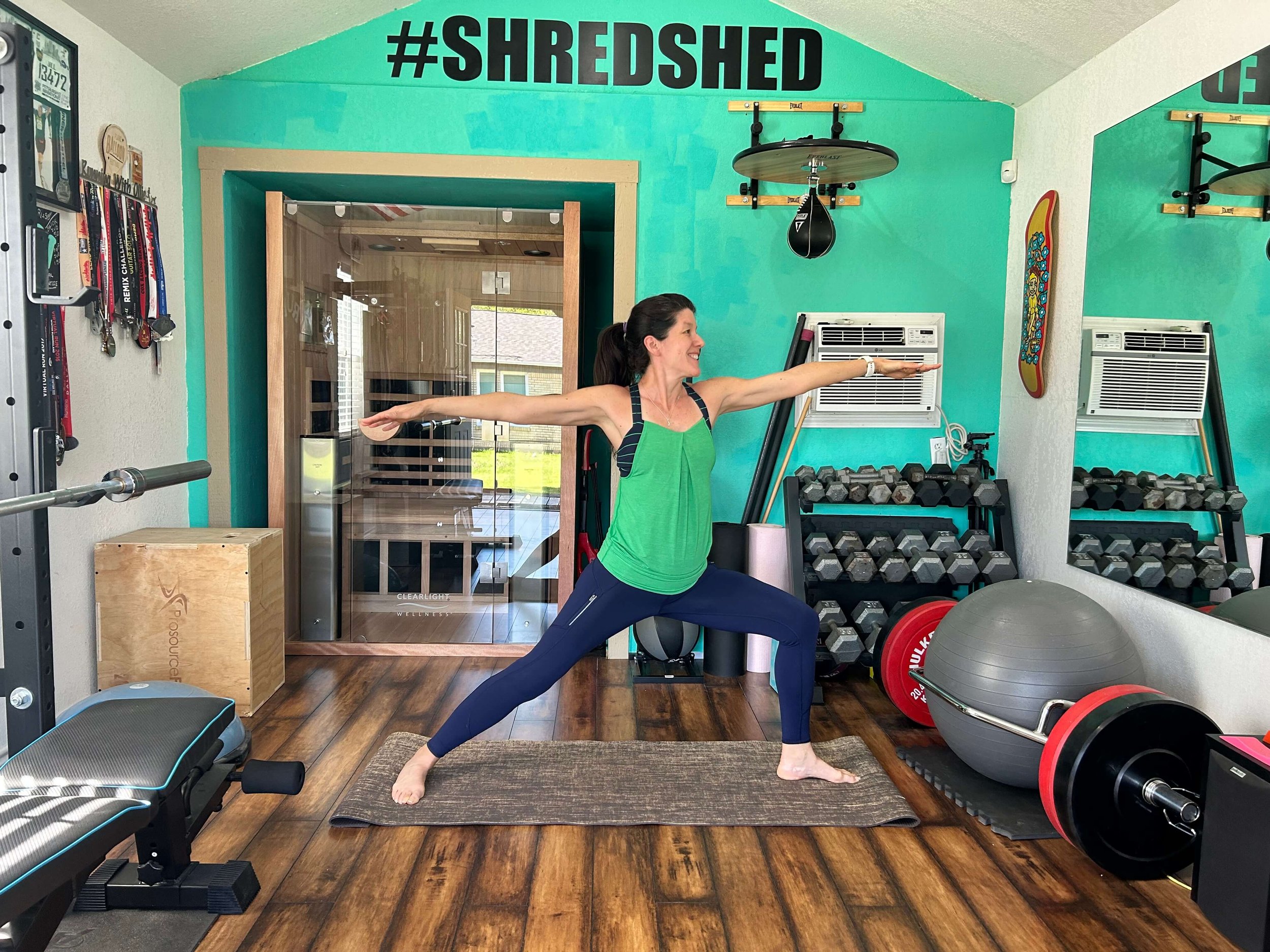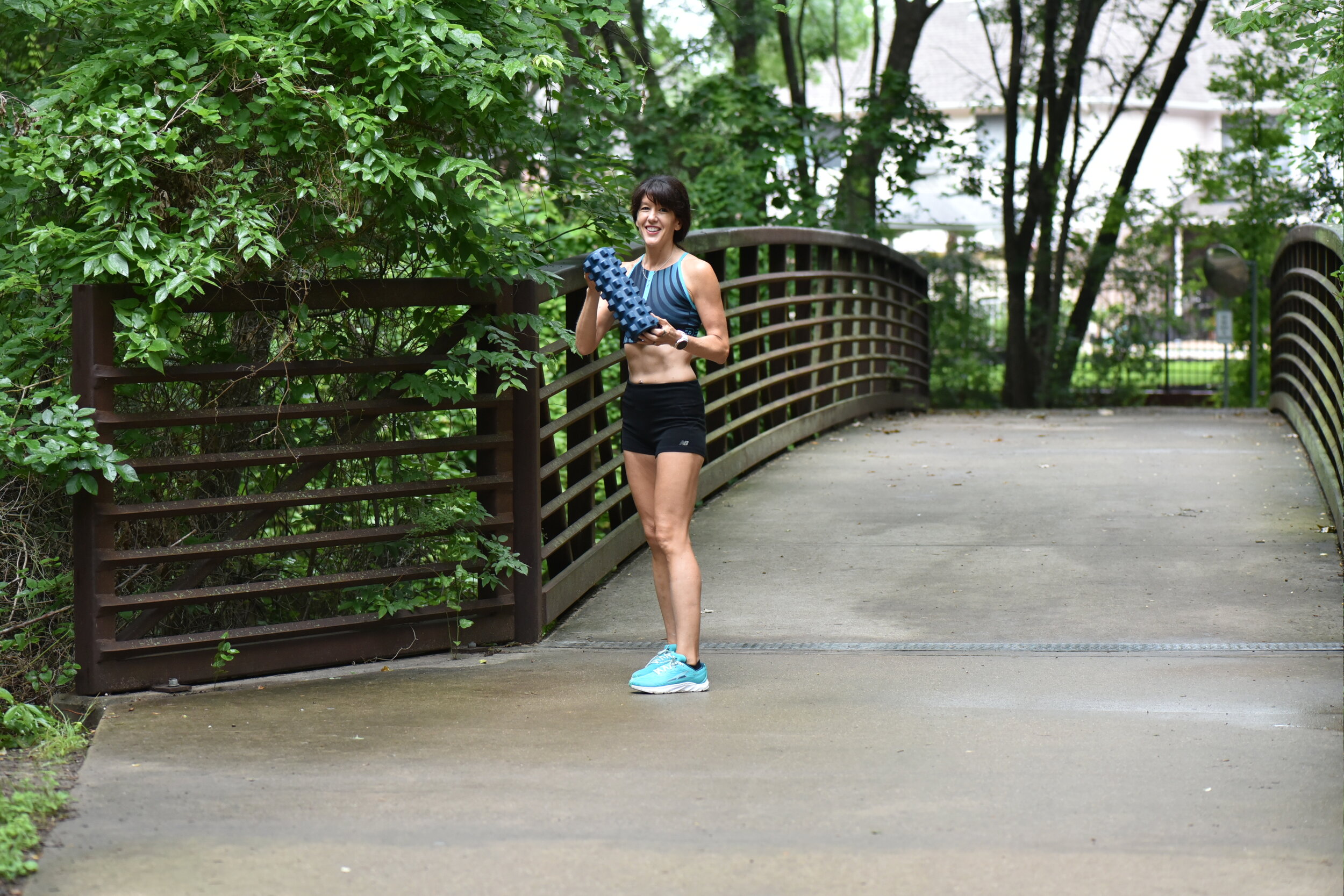Welcome to the latest edition of 52 Healthy habits, where each week we tackle a new healthy habit. No matter where you are in your fitness and healthy lifestyle journey, there is always room for small incremental improvements. Each week we look for small ways to inch towards a healthier lifestyle. It's not about overhauling your whole life, but making changes that are sustainable over a lifetime. Common sense in an industry where it is uncommon.
DRINK MORE WATER
I'll start by saying that we definitely need to drink water. Water has important jobs. Water brings nutrients to the cells and carries waste products away. It regulates our temperature and provides minerals.
Most adults need a baseline of 12 cups a day. Depending on the foods we eat, we get about four cups of water a day in our foods. Raw fruits and vegetables are mostly water. That leaves the general recommendation that you've probably heard of 8 cups a day.
Larger people may need more. If you're at high altitudes you may need more. When it's hot or dry you may need more. When you exercise you need more. To answer the question, "How much water should I drink?" The answer is, it depends. Let's start with a baseline:
IF YOU'RE MOSTLY SEDENTARY: 8 CUPS A DAY
Drink one cup upon waking, before you drink your coffee.
Drink one cup before each meal and one cup during each meal
Drink one cup a couple hours before bed. (Not too close to bedtime or you may end up interrupting your sleep with bathroom runs.)
FOR MODERATE EXERCISERS UNDER 2 HOURS A DAY: 12-16 CUPS A DAY
Drink 2 cups upon waking, before you drink your coffee
Drink 2-4 cups during workouts depending on the length and intensity of your workout
Drink 2-4 cups after workouts
Drink 2 cups at each meal
As always, you should experiment with water intake and adjust based on your body's feedback. Drink more if you feel thirsty and less if you feel water logged. While 8 cups a day is a baseline, everyone may have different needs.
If you are not drinking any water right now, it is ok to start small and build over time. Focus first on just drinking one cup with each meal, when that becomes habit, continue to add until you reach the baseline. It should never be all-or-nothing. Do what you can today and work to improve over time.
This post contains affiliate links. That means if you click on a link in this post and make a purchase, I make a small percentage of the sale with no additional cost to you. No one is getting rich here, it just helps with the running (pun intended) of this blog. As always, thank you for your support.
STRATEGIES TO DRINK MORE WATER
MAKE IT A HABIT
By always drinking one cup of water upon waking and before each meal, you start to build a habit. After awhile It becomes second nature to drink water during those times.
SPARKLE, BABY!
Consider sparking water. Sometimes I want the fizz of a soda and sparkling water is a good alternative. Just be sure to read the ingredients listed on the nutrition label to ensure that it doesn't contain any "extra ingredients." Sparkling water isn't sweet, it tastes like water with bubbles. If it is sweet, then they added something to it. It's fine to drink artificial sweeteners in moderation, but they probably shouldn't be in every cup of water you drink a day.
DO IT LIKE THE SPAS DO!
Take a cue from the luxury spas and add cucumbers, berries, mint leaves or lemon to your water. It gives water a refreshing, natural flavor. You could just add to your water or use one of these fruit-infused water bottles.
HAVE A TEA PARTY
Add decaffeinated tea bags to your water. Drink it hot or cold. Green tea is great for you. Just be careful about adding too much caffeine. I personally try to limit by caffeine intake to 1-2 cups a day.
TRACK IT
Use an app or a tracking log to track your water intake. Download my free tracking log! You may find if you start to pay attention to your water intake you will increase it. In order to improve anything, the first step is to measure where you are currently.
BUY A REFILLABLE WATER BOTTLE
Buy a fun refillable water bottle to track your intake.
Are you drinking enough water? Would you like to improve? Try one of these strategies to increase your water intake and let me know how it goes.
Need help with your nutrition strategy? Tired of dieting? Want help developing healthy habits while staying sane and balanced? My nutrition and lifestyle coaching program begins in June, get on the list for a big pre-sale discount.
Need to catch up on the 52 healthy habits series?
52 HEALTHY HABITS SERIES
week 1: Early to Rise
week 2: Track calories
week 3: Macro cycling
week 4: Morning pages (journaling)
week 5: Stop the scrolling (reading instead of social media)
week 6: Be a good student (take time for learning)
week 7: Strength Training 15 minutes per day
week 8: Eat more protein
week 9: Take a coffee break (break from caffeine)
week 10: Mindful eating
week 11: Create and follow a sleep ritual
week 12: 10 Easy ways to eat more vegetables
week 13: A rant
week 14: 10K steps a day
Like this post? It helps me when you share.









































Discover the 5 stages of fitness progression—from building the habit to optimizing your routine. Learn how to stay consistent, make progress at your own pace, and create a sustainable fitness lifestyle without the pressure of perfection.